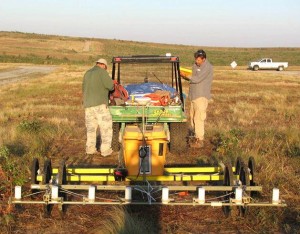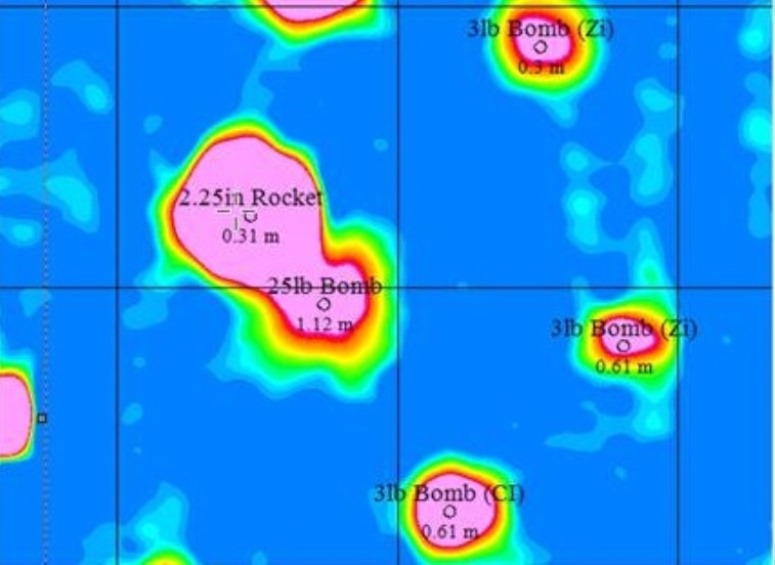New Dynamic NanoTEM™ enables advanced target prioritization for cost-savings in DGM
The Zonge Dynamic NanoTEM™ (DNT) next-generation TDEM method delivers documented superior performance for UXO geophysical surveys over other available equipment. With 31 time gates, the Zonge DNT is capable of robust prioritization and discrimination of targets. Data acquisition parameters are operator-configurable, and the multi-timegate data allow for more advanced prioritization, resulting in project cost savings.
Quality control is integral
Zonge performs Digital Geophysical Mapping (DGM) projects in accordance with United States Army Corps of Engineers (USACE) guidelines anywhere in the U.S. and abroad. Quality control is an integral part of the process. Deliverables meet or exceed project requirements and adhere to the formats outlined in the latest USACE Data Item Description (DID).
We believe QC starts with assigning the right personnel to conduct and oversee the work. We staff crews with individuals who have a record of excellence in conducting geophysical surveys, and specifically in assessing the quality of data being collected while in the field. Zonge crews monitor data quality and the acquisition criteria in real-time to ensure that only data meeting or exceeding requirements is delivered to the client the first time.
Targets are prioritized quickly
Zonge UXO geophysical survey services include providing anomaly maps with accompanying location lists and priority rankings typically within 72 hours of data acquisition. Targets are prioritized for follow-up intrusive investigations. Maps and lists are made available quickly so the investigations and target re-acquisition can commence concurrently with the DGM survey.
 Complementary methods produce thorough results
Complementary methods produce thorough results
The time-domain electromagnetic (TEM or TDEM) method is the most common geophysical method used to detect munitions and explosives of concern (MEC). TEM is capable of detecting ferrous and non-ferrous MEC to a depth of more than five feet, depending on the size of the object. If there is no geologic interference present, total-field magnetometers may also be used in multi-sensor arrays to detect deeper ferrous MEC. To co-locate the sensor data for generating digital maps, sensors are equipped with a real-time-kinematic differential global positioning system (RTK-D GPS).
Zonge NanoTEM transmitters are capable of turning off in approximately one microsecond, and the receivers’ first measurement point (corresponding to the shallowest data) is at approximately 1.2 microseconds after transmitter turn-off. This very fast turn-off—combined with the high sample rate of the Zonge GDP receiver—obtains superior vertical resolution in the near surface.
The Dynamic NanoTEM™ transceiver is a continuous, fast-turn-off transmitter and receiver in a single enclosure that enables mobile, man-portable data collection. It has several unique features: the turn-off time and sample rate can be adjusted according to the size of the transmitter loop. The loop size used in each survey and the acquired parameters can be set specifically for the depth of investigation and resolution needed for that project.


